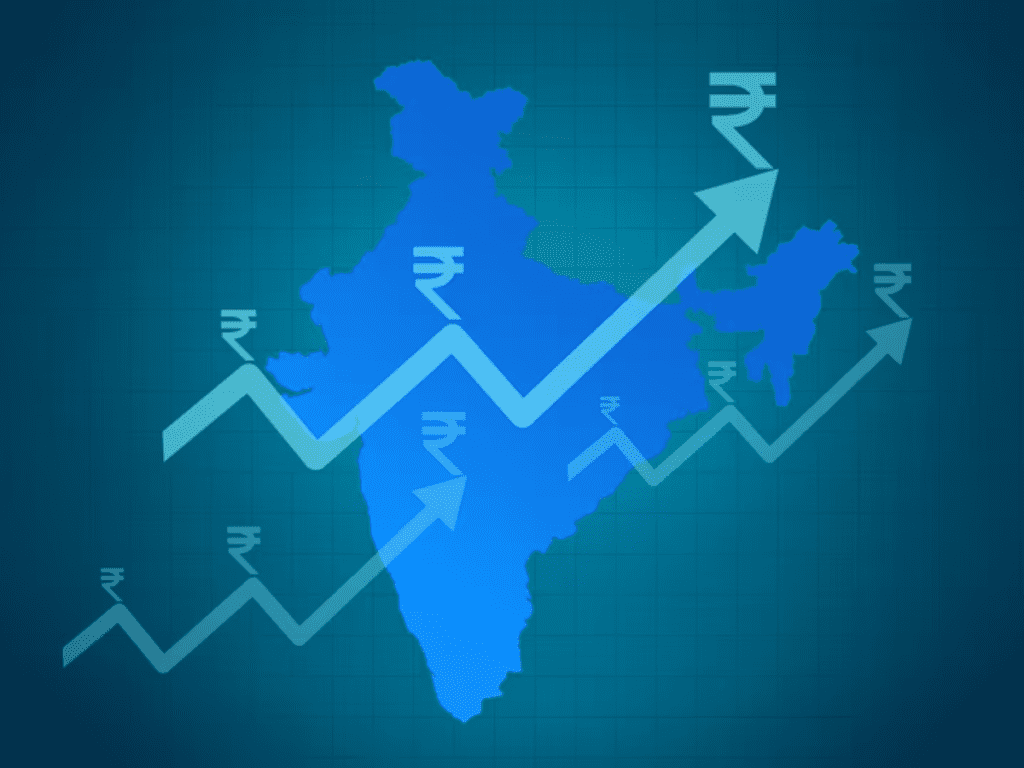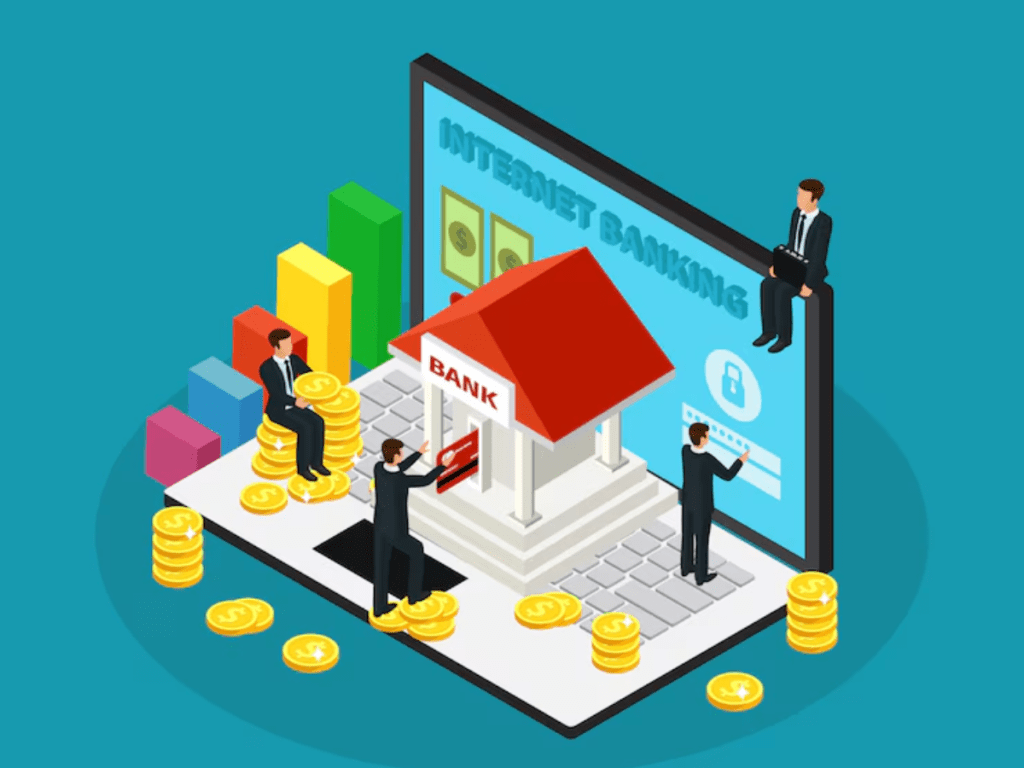Introduction
Over the last decade, microloans have been increasingly recognized as the future alternative in meeting the financial requirements of small businesses, especially in developing and emerging economies. These markets are severely constrained in accessing capital, with most entrepreneurs not being able to access traditional finance because they lack a credit history, collateral, or access to formal financial institutions. Consequently, small businesses in these markets tend to find it difficult to expand and grow, and their capacity to generate jobs, innovate, and drive economic development is constrained. Microloans, small-scale loans usually provided to individuals or small enterprises that do not have access to traditional credit, have become a possible game-changer for small business owners in these markets. This article investigates whether microloans are the future of small business finance in emerging and developing markets, analyzing their advantages, disadvantages, and long-term viability.
Understanding Microloans
Microloans are small, short-term loans that are usually offered to individuals or small businesses who are not creditworthy enough for traditional credit offered by commercial banks or other institutions. Microloans are frequently extended by microfinance institutions (MFIs), which are specially organized institutions to extend financial services to underprivileged sections of the population, including poor individuals and small enterprises. In contrast to conventional loans, which tend to demand significant collateral and good credit, microloans aim to be less restrictive, with lower loan values and more accommodation in repayment.
Microloans were initially proposed as a means of helping entrepreneurs within the developing world, specifically those residing in rural or marginalized communities, where access to capital was either insignificant or nonexistent. The objective was to enable financial inclusion and give people the chance to establish or grow small-scale enterprises, hence alleviating poverty and economic empowerment. In due course, microloans have become more expansive, and they are today employed to finance enterprises in a wide range of sectors such as agriculture, retail, services, and manufacturing.
The attraction of microloans is that they can offer access to financing for small entrepreneurs that would otherwise be excluded from the financial sector. For most developing and emerging economies, small and medium enterprises are the pillars of the economy, with a heavy contribution to employment generation and economic development. Without access to proper financing, however, these businesses are unable to grow or even survive. Microloans may help inject the capital needed by entrepreneurs to invest in their operations, buy inventory, or even pay employees, which eventually propels economic growth in these markets.
The Role of Small Businesses in Developing and Emerging Economies
Small businesses are very important for the economic growth of developing and emerging economies. In most of these areas, the small and medium-sized enterprises (SMEs) make up the majority of the companies and account for a large percentage of employment. Small companies tend to be more responsive to local conditions and are able to quickly adapt to changes in the market, making them key players in the economy. They also tend to cater to specialized markets and offer products and services that would not otherwise be offered through the larger corporations.
In spite of their significance, small enterprises in emerging and developing economies usually encounter great difficulty gaining access to capital. Conventional banks are reluctant to extend credit to small businesses because they view them as risky, as they have no collateral and an inadequate credit history. This inadequate access to funding restrains the potential of small businesses to expand, innovate, and generate employment, which in turn retards economic progress and advancement. In addition, numerous entrepreneurs in the developing world can be lacking in financial literacy, and therefore they do not understand the intricacies of the formal financial system.
Microloans present a potential solution to such difficulties by offering small businesses the funds they require to expand and prosper. Through the targeting of underserved segments and the provision of affordable, flexible financing terms, microloans can help bridge the financial gap between small business owners and conventional financial institutions, allowing small businesses to tap into the funds they need for success.
The Benefits of Microloans to Small Business
- Access to Capital for Underserved Entrepreneurs
The most important benefit of microloans is that they can grant access to capital for the underbanked entrepreneur. In most developing nations, the majority of the population is unbanked or underbanked, as they do not have access to simple financial services such as loans, credit, and savings accounts. Without access to capital, it is almost impossible for most entrepreneurs in these nations to start or expand a business. Microloans are a solution that offers small, adaptable loans to individuals who are not qualified for conventional financing. Microloans allow entrepreneurs to invest in their businesses, buy equipment or inventory they need, and grow their operations, eventually creating jobs and stimulating economic growth.
- Flexible Repayment Terms
Microloans usually have more lenient repayment terms than standard loans, so they are an appealing choice for small businesses in emerging and developing economies. Numerous small businesses in these economies have irregular incomes or seasonal revenues, so it is hard to guarantee fixed repayment terms. Microfinance institutions usually provide repayment schedules that are adapted according to the cash flow requirements of small enterprises so that entrepreneurs can pay back the loan in a timeframe commensurate with their business cycles. This is most important for small enterprises that can experience financial hardships since it gives them the space they require to pay back the loan without incurring any undue financial hardship.
- Promotion of Financial Inclusion
Microloans are a powerful tool in the promotion of financial inclusion, the process of making sure that individuals and enterprises gain access to low-cost financial services. In most developing and emerging economies, a large segment of society is locked out of the formal financial system because of poverty, illiteracy, or remoteness. Microfinance institutions are helping to bridge this gap by providing financial services to underserved populations, including women, rural communities, and low-income individuals. By offering microloans to entrepreneurs who may not have access to traditional credit, microfinance institutions are empowering individuals to participate in the formal economy, build a credit history, and eventually access larger loans or other financial services.
- Empowerment of Women and Marginalized Groups
One of the primary advantages of microloans is that they empower women and marginal groups. In most developing nations, women encounter major hurdles to accessing financial institutions, such as gender bias, absence of collateral, and inadequate access to the financial network. Microloans have proven successful in breaking down these hurdles by offering women a chance to open or expand a business. Research has revealed that women entrepreneurs who take microloans are likely to invest in their family and community, resulting in more widespread social and economic impacts. This manner, microloans support gender equality and women’s empowerment, an important element of sustainable economic development.
- Social Impact and Community Development
In addition to individual entrepreneurs, microloans have a wider social impact through community development. Small businesses tend to be the pillar of local economies, offering necessary goods and services, generating employment, and stimulating economic growth. When microloans are applied to finance small businesses, they help reduce poverty and enhance living standards for communities as a whole. Additionally, small businesses tend to be more closely linked to their communities, and the success of these businesses can have a ripple effect, positively impacting other local businesses and organizations. As a result, microloans can go a long way in bringing social change and enhancing the standard of living in developing and emerging economies.
Obstacles to Widespread Adoption of Microloans
Microloans are beneficial in many ways, yet there are some obstacles that need to be overcome for their large-scale adoption and sustainability in the long run.
- High Interest Rates
One of the main issues with microloans is the comparatively high rate of interest charged by the microfinance institutions. Although microloans are more available than standard loans, the interest is often much higher. This has partly been caused by the increased administrative expense of issuing small loans and lending to people with small or no credit history or collateral. They can impose a heavy financial burden on the borrowers, hindering them from repaying their loans, and ultimately resulting in over-indebtedness. In response to this, certain microfinance institutions are looking for means to minimize operational expenses and provide more competitive interest rates, without compromising on financial sustainability.
- Microfinance Institution Sustainability
Microfinance institution long-term sustainability is another fundamental challenge. While several MFIs have managed to make successful loans to disadvantaged groups, concerns exist regarding whether they will be able to achieve financial stability and continue providing microloans in the long term. Microfinance institutions frequently deal with risky environments, where economic instability, political instability, and other circumstances create a difficult time to ensure regular revenue. To make microfinance institutions sustainable, they should implement good financial practices, diversify their sources of funding, and make investments in capacity development and innovation in technology.
- Over-Indebtedness and Debt Cycles
The second issue related to microloans is the possibility of over-indebtedness. Borrowers may, under certain circumstances, take on several loans from various lenders, creating a cycle of indebtedness that it is hard to escape from. This is especially troublesome in areas where the economic situation is volatile or where companies are having difficulty producing a steady stream of income. Over-indebtedness can contribute to financial distress, and in the worst scenarios, borrowers are compelled to default on their loans, which will have adverse effects on both the borrower and the microfinance institution. To mitigate this risk, microfinance institutions must implement responsible lending practices, such as conducting thorough credit assessments and providing financial education to borrowers.
- Limited Loan Size and Scope
While microloans are an effective tool for providing seed capital to small businesses, the size of these loans is often limited, which can restrict the ability of businesses to scale up. Several entrepreneurs would require higher loans to invest in more considerable capital outlays, e.g., buying equipment, increasing capacity, or venturing into new markets. Microloans might not be enough to finance these kinds of investments, precluding possible business expansion. Entrepreneurs might have to seek other means of financing, like equity capital, crowdfunding, or access to higher loans from conventional financial institutions.
- Political and Economic Instability
Political and economic instability in emerging and developing markets can lead to an uncertain environment for microfinance institutions and small businesses. Volatile exchange rates, shifts in government policies, and other external factors can raise the risk for borrowers and lenders. In certain situations, microfinance institutions can find it difficult to recover loans or continue lending during economic or political crises. To address these challenges, microfinance institutions must adopt risk management strategies and build resilience into their operations to weather periods of instability.

